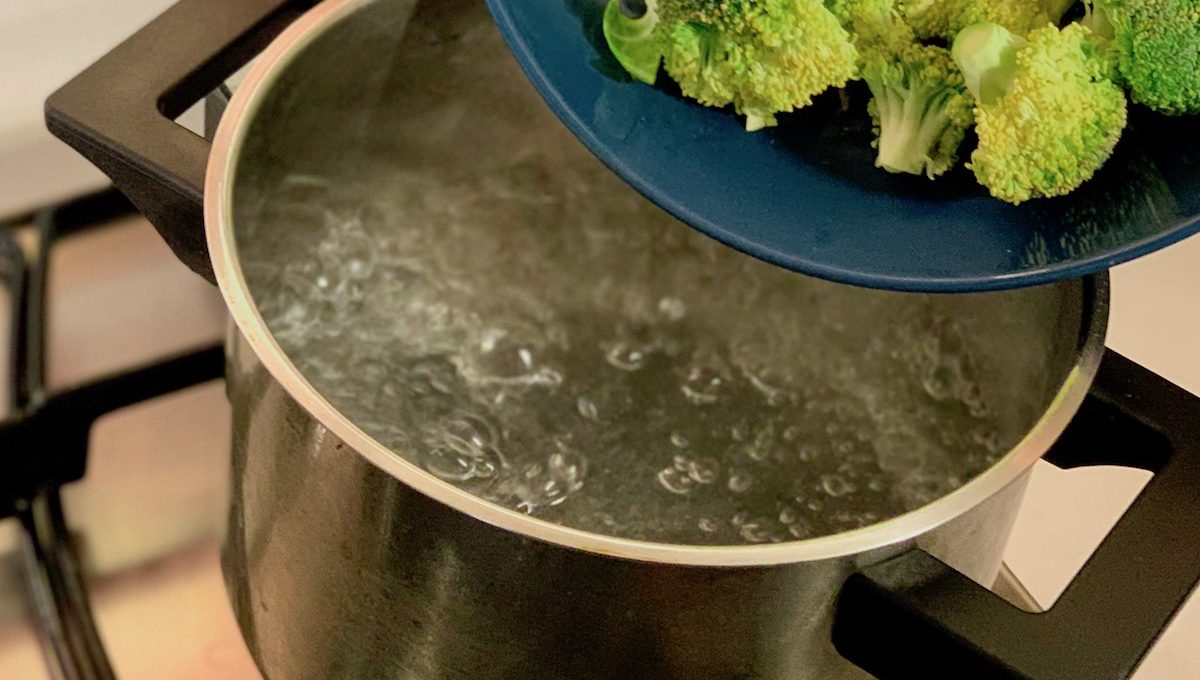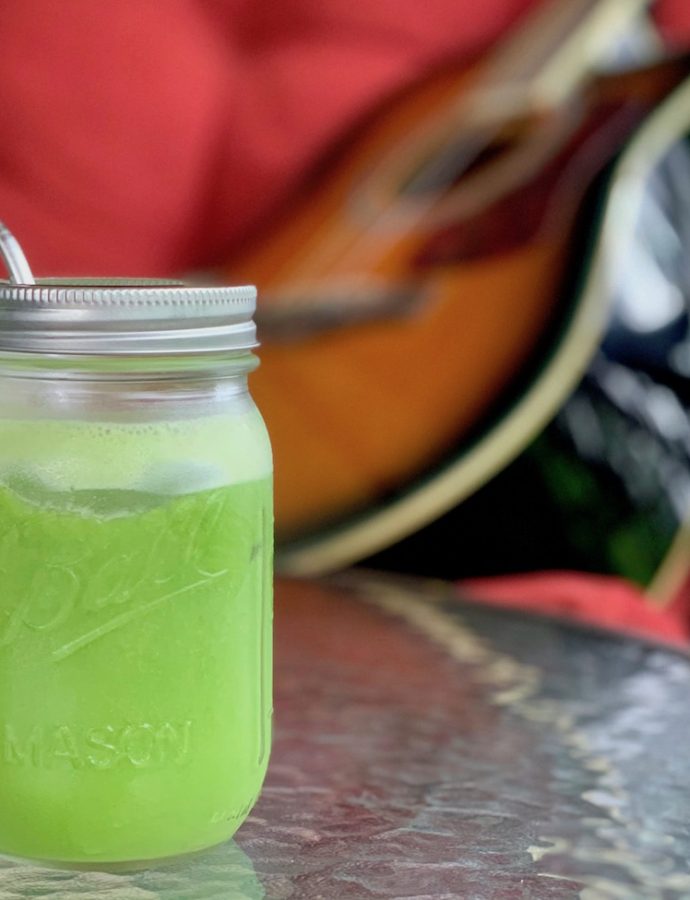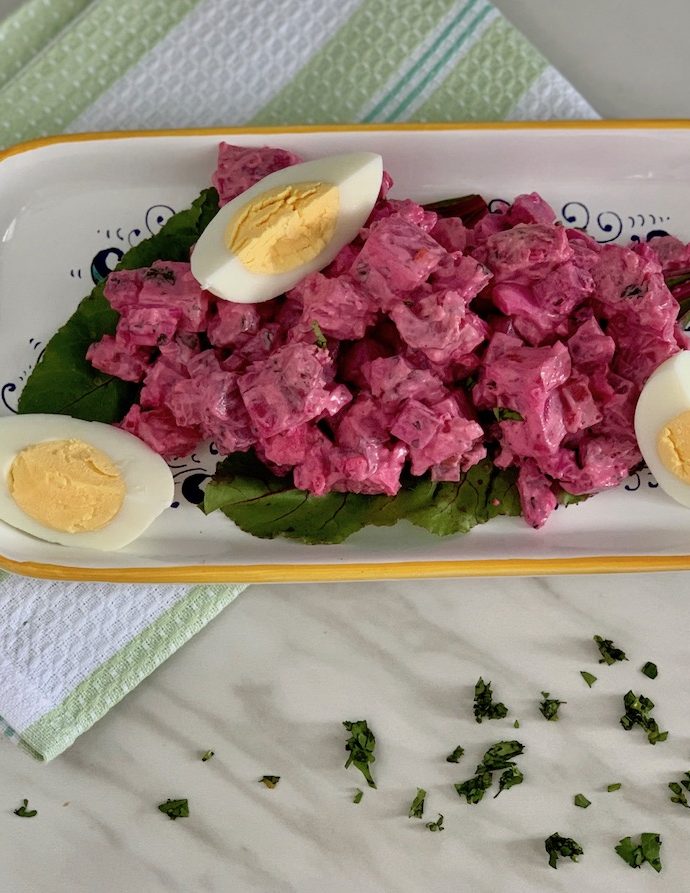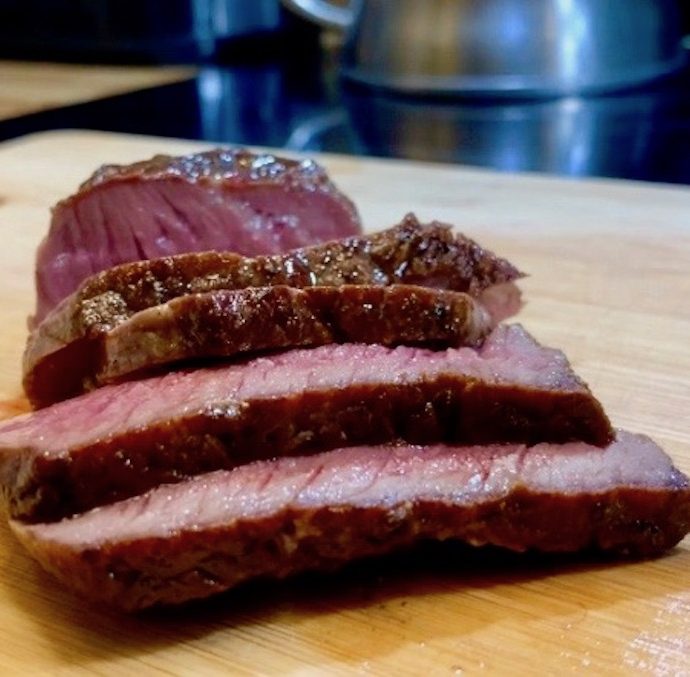Dull and sad looking veggies are a major apatite killer. So that’s why I use this basic method to cook my vegetables. Cooking bright green and crisp broccoli is simple and is far more delicious and inviting than soft, dark green, and overcooked broccoli. Try out this method of blanching to discover a new appreciation for this cruciferous vegetable. In this post you will find some easy steps and a video tutorial on how to blanch broccoli and maintain its color.
What is blanching?
The process involves plunging vegetables into a pot/saucepan of boiling water for a minute or two (depending on the vegetable). The vegetables should be vibrant in color and still have some crunch to it when eaten. After blanching it’s important to immediately place the vegetables into an ice bath in order to halt the cooking process. I love blanching my vegetables because it is a healthy form of cooking, the veggies become vibrant in color and they also keep most of their nutrients in comparison to other cooking techniques.
Check out the video below and follow the steps to get deliciously crisp broccoli every time! A simple how to blanch broccoli and maintain its color.
Steps if you are using 1 head of broccoli
- Fill a medium sized pot or sauce pan 3/4 full and bring to a boil. Add 3 teaspoons of salt to the water. (In the above demo I’m using a saucepan because I’m cooking a relatively small amount and am able to handle the saucepan with one hand if need be).
- Prepare a bowl of ice water (this will be used to shock the veggies)
- If you have lemons or limes, squeeze some juice into the ice bath (the acidity will help intensify the color even more).
- Add the broccoli to the boiling water and let it blanch for just over a minute until it becomes vibrant green in color. Test a piece and if it has a crunchy exterior and softer interior then it’s time to remove the vegetables from the pot.
- Use a slotted spoon to remove the broccoli from the boiling water and place it into the ice bath to stop the cooking process.
- let the broccoli rest for a minute or so before removing it from the ice bath.
- Now it’s time to give your vibrant and fresh broccoli a try.
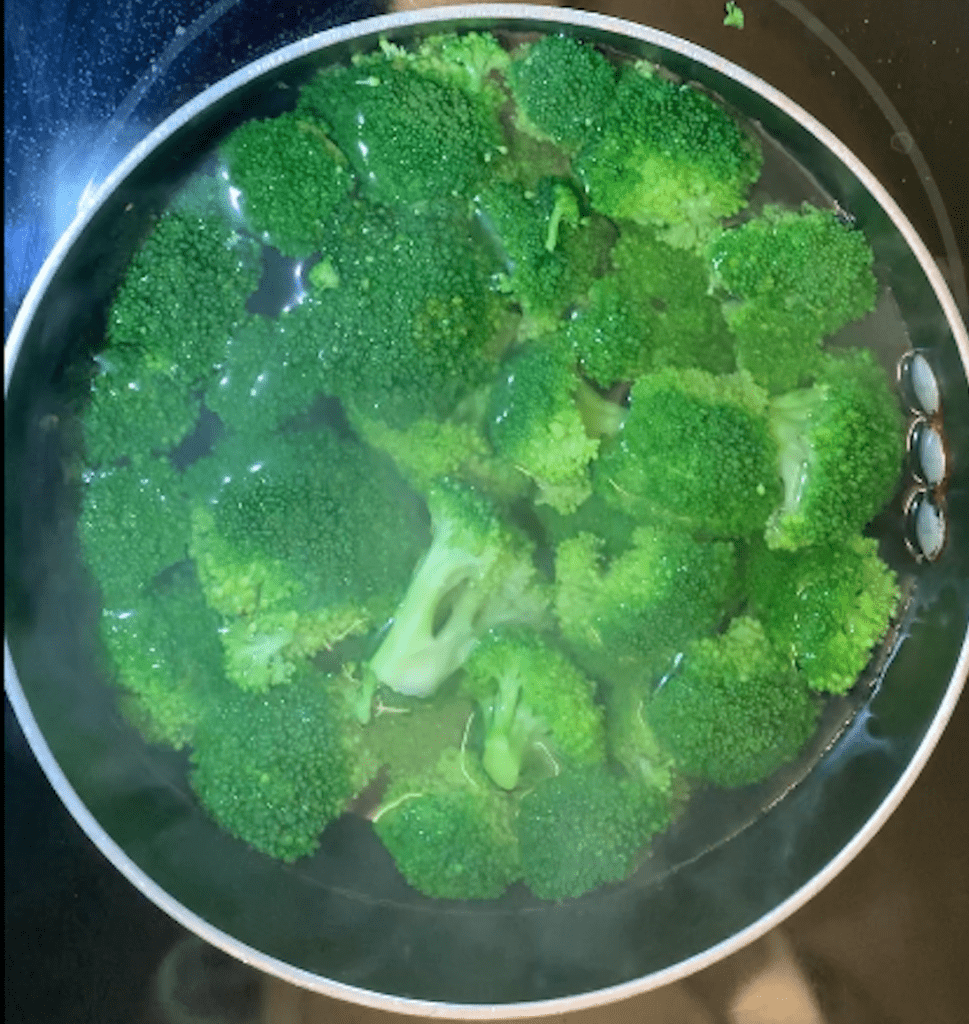
Cooking times for other vegetables
Different vegetables require different cooking times, for example:
| Vegetables | Blanching Time |
| Broccoli | 1 minute 15 seconds |
| Carrots | 2 minutes |
| Zucchini | 50 seconds |
| Cauliflower | 2 minutes and 45 seconds |
| Brussels sprouts | 3 – 4 minutes (depending on size) |
| Asparagus | 2 minutes |
| Green beans | 2 minutes |
The times given in the examples above are guidelines and can vary slightly. It all depends on how large the vegetables are and/or how they have been cut. For example, thinly sliced carrots will blanch more quickly than carrot cubes.
Ultimately the questions you need to ask yourself are: When I bite down on the veg is it cooked? Is the vegetable vibrant in color? Does it have a slight crunch to it? If you answered yes to all of these questions you are on the right track.
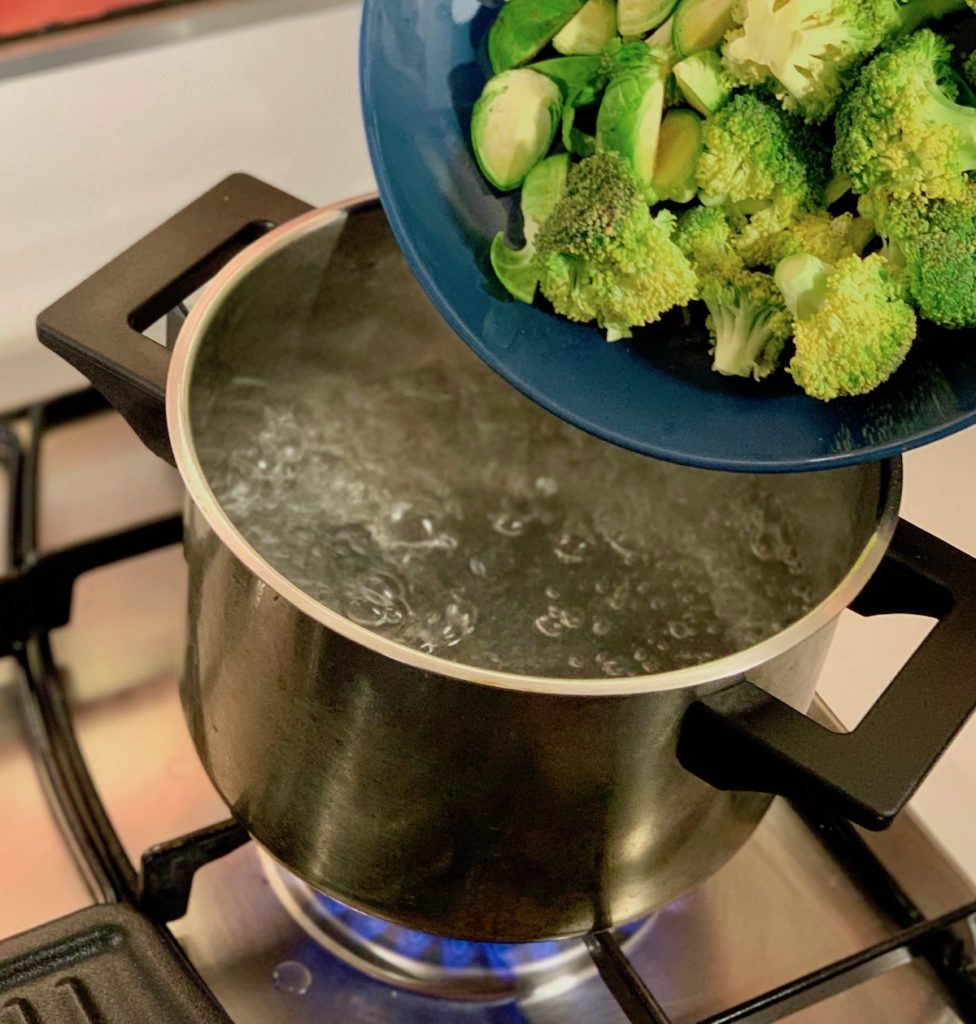
Some useful information:
- Add 3 teaspoons of salt to the pot of boiling water before adding the vegetables you wish to blanch. This will help maintain its color as well as add additional flavor to the vegetables.
- Blanch in small batches: If you add too many vegetables to the water at once you will cool down the temperature of the water and disrupt the blanching process. If the water stays at a constant temperature you will yield better and more consistent results.
- Add lemon or lime juice to the ice bath. By adding this you will create acidulated water which helps preserve the vegetables’ color and adds flavor.
- Don’t toss your blanching water. Allow it to cool down and pour it over your plants at home. The water contains nutrients that can be used to fertilize the plant. Even if you have added a few teaspoons of salt it is ok. You can do the same thing with your ice water…waste not, want not.
